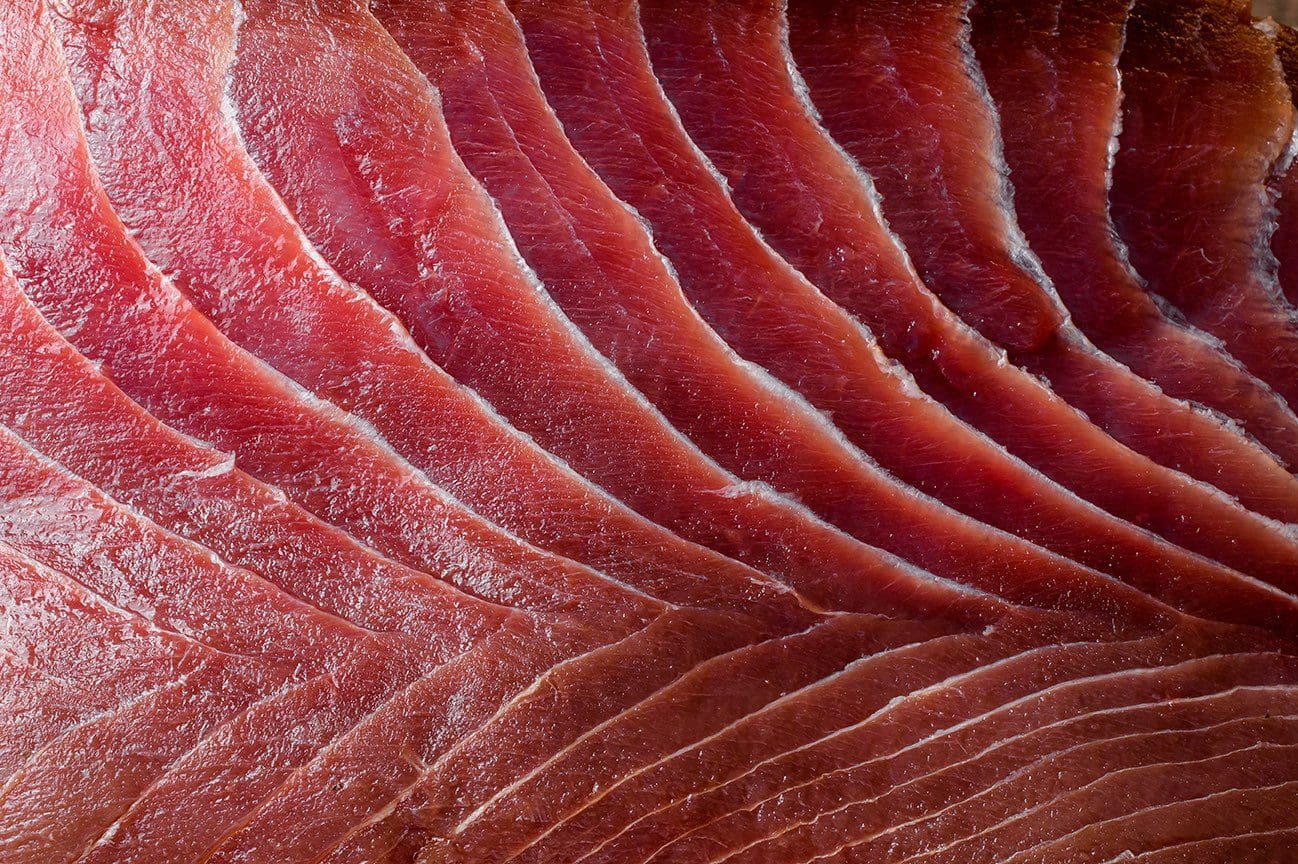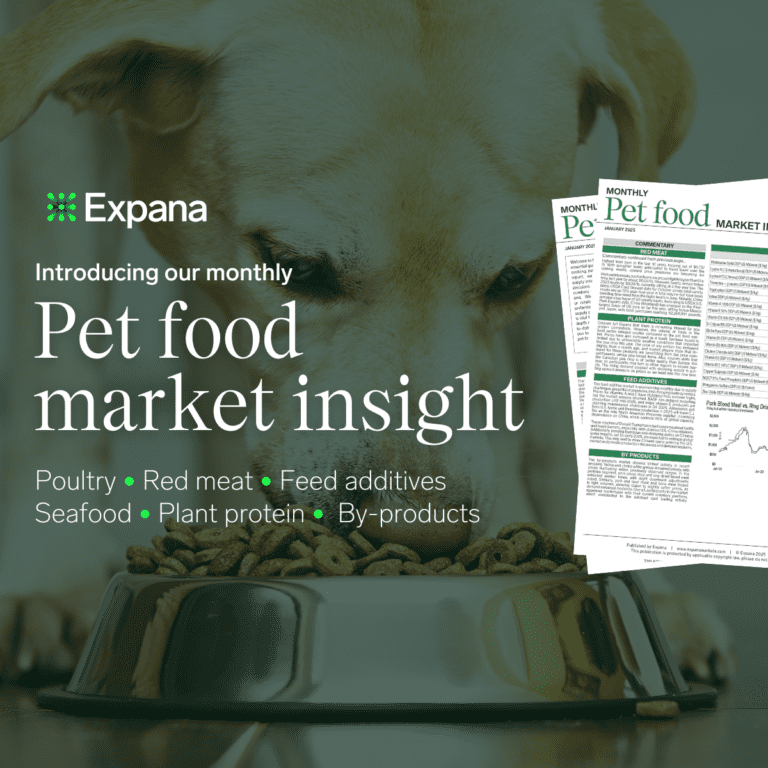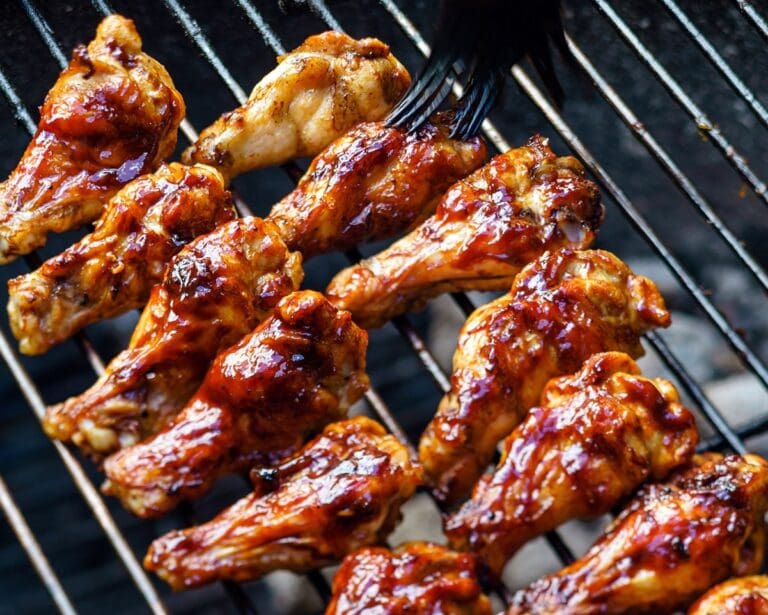Supply constraints in frozen sockeye salmon spark concerns
The frozen sockeye salmon market is currently facing substantial challenges, primarily driven by supply shortages and escalating prices. Despite Alaskan landings slightly surpassing preseason forecasts, they still fell significantly short compared to the previous year, as noted by the Alaska Department of Fish and Game (ADF&G). Additionally, landings in Canada and the Lower 48 states have also been reduced. Contributing factors include elevated water temperatures affecting salmon runs in the Columbia River and landslides disrupting key areas around the Fraser River in Canada. Compounding these issues is the smallest average sockeye size in two decades. These factors have further tightened the market, exacerbating supply constraints and driving prices upward.
Currently, the 4-6 frozen H&G sockeye segment is unquoted, reflecting severe supply shortages and adding further upward pressure on the pricing of smaller sizes. In contrast, the 2022 season saw record sockeye landings, particularly from Bristol Bay, which led to a steady decline in frozen prices through the 2023 season. Large inventories where still available last spring as the fresh season began, creating significant challenges across the sockeye market.
After some stability last winter, most of the frozen 2023 stock was sold by the end of March, coinciding with the Seafood Expo North America in Boston. The market’s focus then shifted to fresh sockeye over the summer, resulting in minimal availability of frozen sockeye on the spot market until recently, as the fresh season concluded. Once frozen products re-entered the market, it did so at some of the highest prices observed since the pandemic.
There is growing concern among market participants that these sharply higher prices may test demand, potentially impacting sales later this year and into 2025. Some buyers are beginning to consider alternative species to replace sockeye, with Coho salmon being mentioned as a possible substitute. However, this year’s Coho landings have also been notably low, particularly in Cook Inlet and Kodiak, where declines have been significant. Given these substantial shortfalls, Coho may struggle to meet the volume demand typically filled by sockeye, leaving the market in a precarious position as it searches for viable alternatives.
The frozen sockeye salmon market remains under significant pressure due to ongoing supply constraints and rising prices, with limited alternatives available to bridge the gap. As these challenges persist, concerns are growing about the potential impact on demand and sales in the coming months.
New Zealand’s July 2024 beef exports record 19.6% m-o-m decline; exports to China nosedive
In July 2024, New Zealand’s beef exports fell by 19.6% month-on-month (m-o-m) to 40,046 metric tonnes (mt), according to Stats NZ. The decline, driven by seasonal production patterns and lower cattle numbers, was most pronounced in exports to the United States (US) and China.
As the export quota to the US approached its limit, sellers began managing the pace of their shipments, as reflected in the July figures. Year-on-year (y-o-y), exports decreased by 13.8%, although higher shipments to Japan, Canada, and Korea helped cushion the impact.
The US market saw an 18.0% m-o-m drop, while exports to China fell by 21.0%. Japan experienced a 50.9% m-o-m decrease despite an 84.2% y-o-y rise, and Korea’s exports dropped 25.3% m-o-m but grew 8.7% y-o-y.
From January to July 2024, New Zealand exported 322,497 mt of beef, marking a 2.2% y-o-y decline.
Korea’s July 2024 beef imports up 12.1% m-o-m: yearly growth lags
Korea’s July 2024 beef imports showed a solid monthly increase, reaching 38,576 metric tonnes (mt), up 12.1% from the previous month, according to the Korea Customs Service. The rise was largely driven by higher imports from the United States (US), Australia, and Canada, even as imports from New Zealand declined. However, on a year-on-year (y-o-y) basis, overall imports fell by 5.0%, reflecting the ongoing challenges in Korea’s economy.
The depreciation of the Korean won, coupled with a shift in consumer preferences toward more affordable options like pork and poultry, has dampened demand for imported beef. The government’s efforts to support domestic producers by offering discounts on Hanwoo beef further complicated the market for foreign suppliers. Year-to-date (YTD) figures indicated that Korea imported 286,689 mt of beef, marking a 3.8% decline from the same period in 2023.
Eighty-one percent coarse grinds up 38% year-to-date
With Labor Day in view, we figured it would be an appropriate time to highlight some of the movement seen within coarse grinds. Coarse grinds, 81% more so, have been a true outperformer this year as consumers continued to opt for more cost-conscious beef options. UB’s Coarse 81% grind price is up nearly 38% on the year at $3.35/lb. and nearly 41% over the 5-year average during the same period. On a year-over-year basis, 81% of coarse grinds sit about 50 cents higher than in 2023 and are up nearly 41% from January 2023. With Circana’s latest week of retail prices on a discounted basis sitting at approximately $4.08/lb. and on a non-discounted basis of $4.82/lb. consumers continue to opt for more price-friendly ground beef. However, concerns remain over competing proteins gaining market share in the coming months as consumers may have to stretch dollars further during the holiday season. Typically, post-Labor Day grinds come under downward pressure as the focus shifts away from grilling and burgers. But given the price points of other beef cuts there has yet to be a consensus that this might occur this year.
For further insights, please watch our most recent red meat webinar replay.



